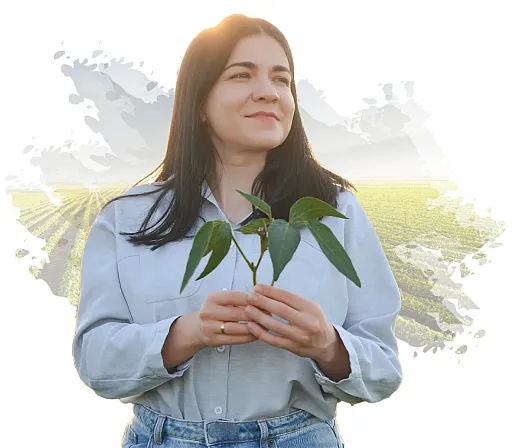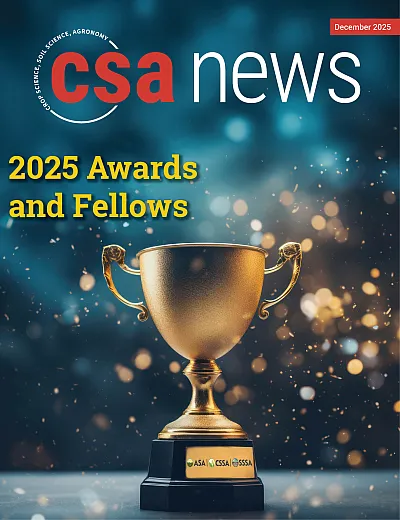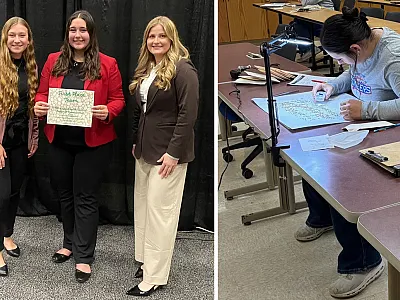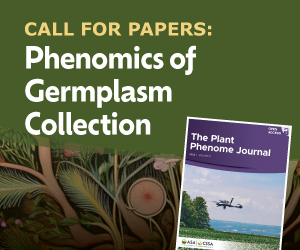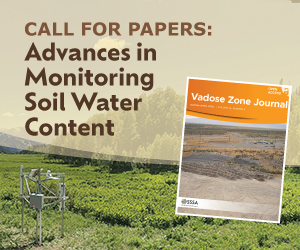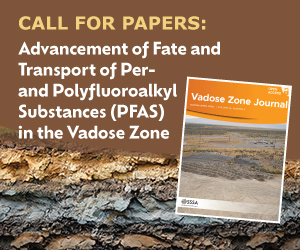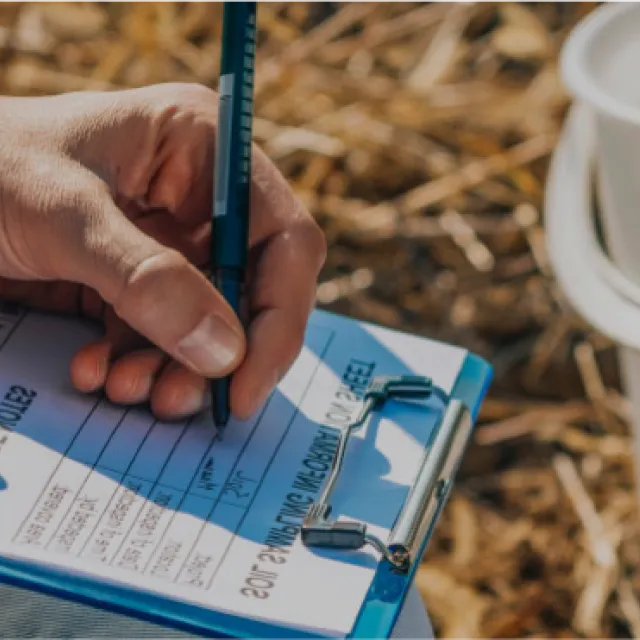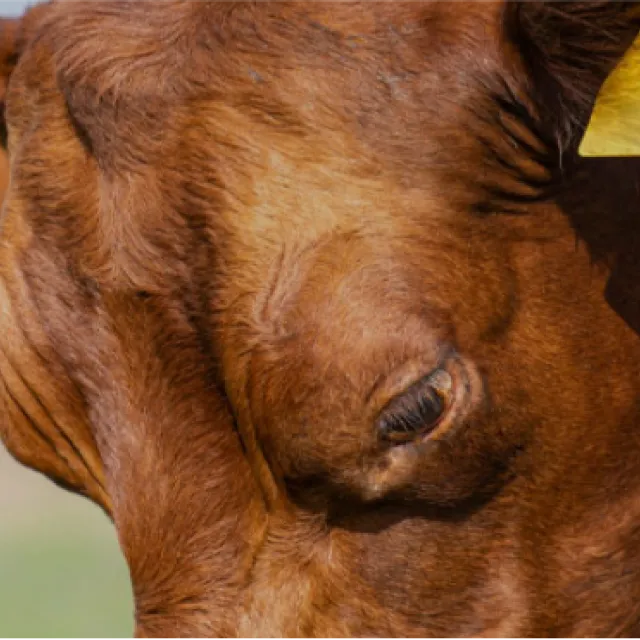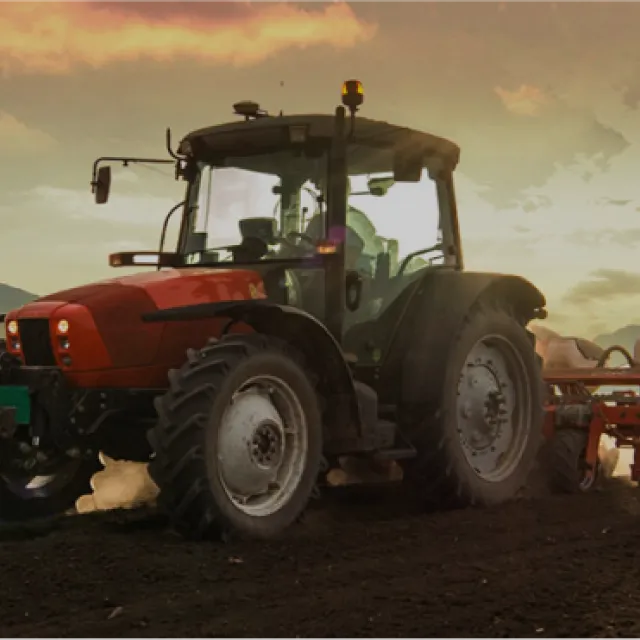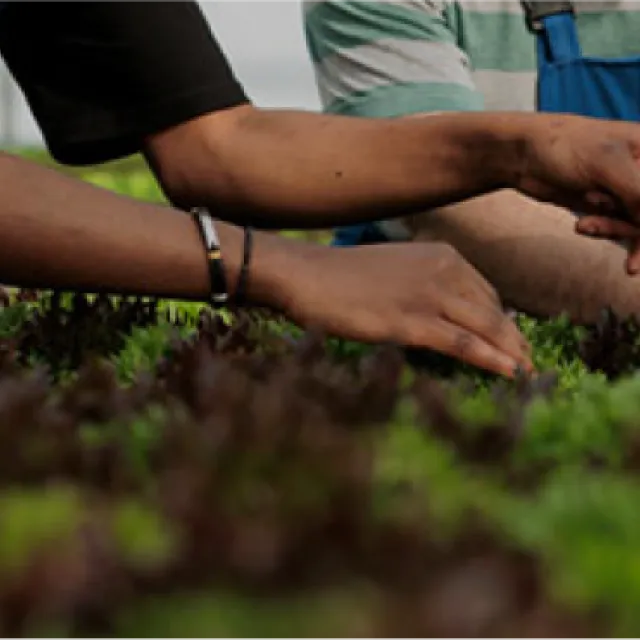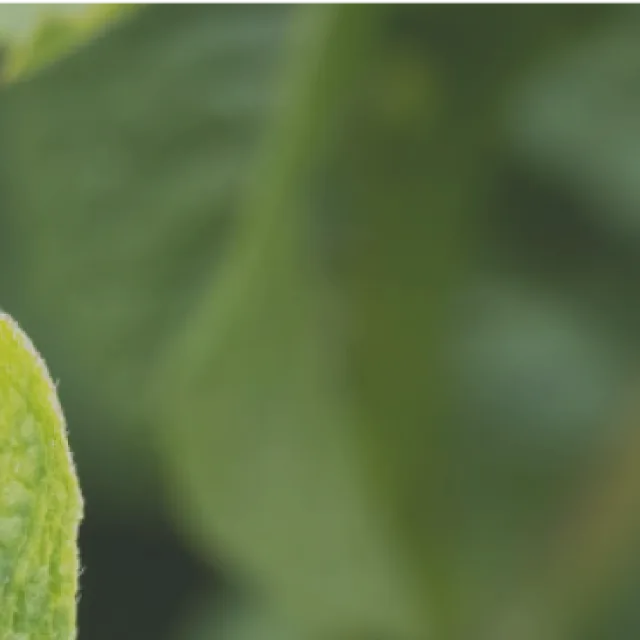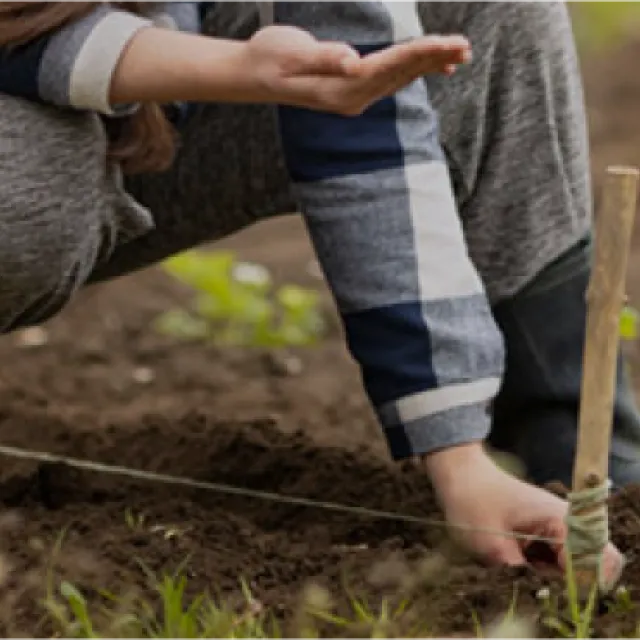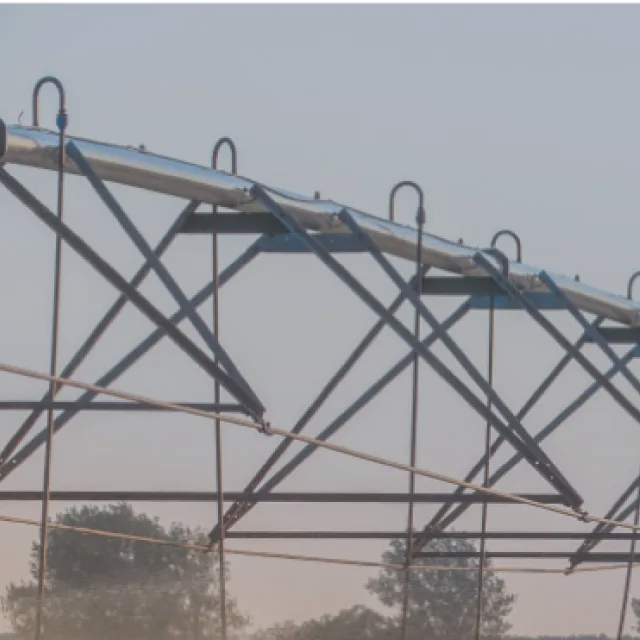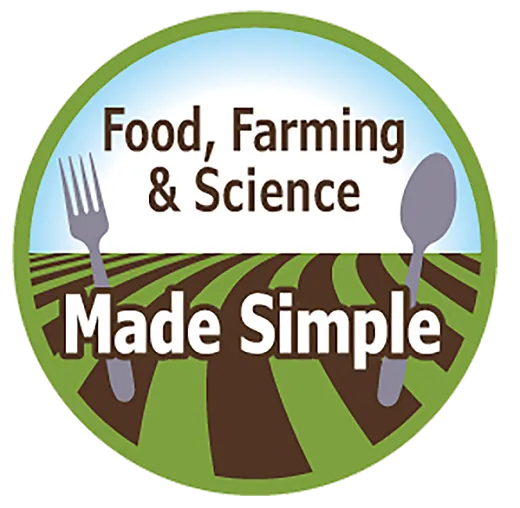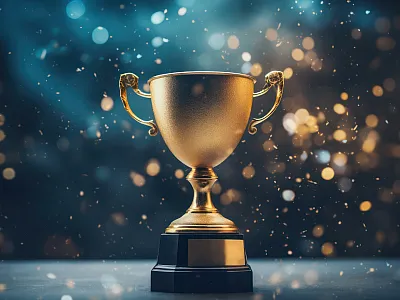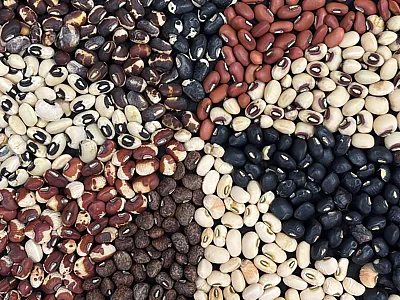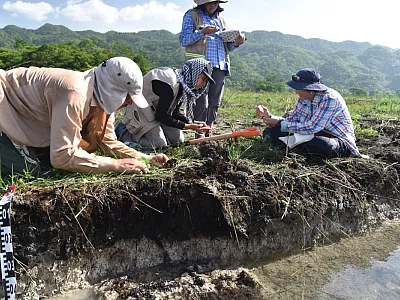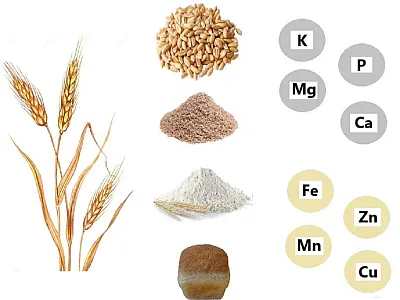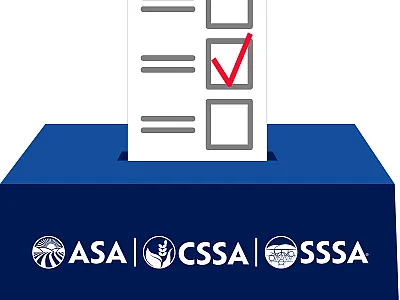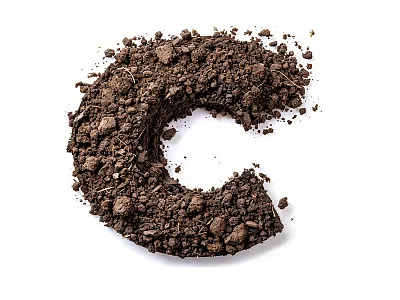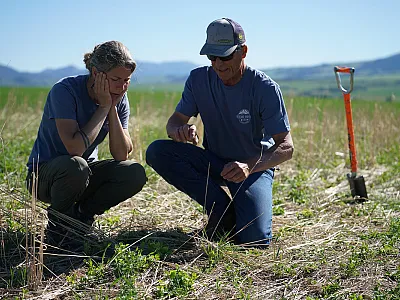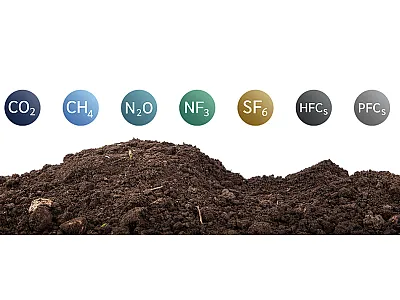
2025 Awards and Fellows
ASA, CSSA, and SSSA congratulate the 2025 award recipients and Fellows. These individuals were recognized at ceremonies held during CANVAS 2025 in Salt Lake City in November. See this year's recipients and their photos!

Breeding pulse crops for enhanced plant-based protein
Perspectives, challenges, and recent research efforts
- Pulse crops are a healthy, environmentally friendly alternative source of protein for consumers. With a rising demand for more plant-based food and drinks, more research needs to be done to unlock the true potential of beans, peas, and other pulse crops.
- A review paper and two research studies, recently published in Crop Science, highlight how and why plant breeders are trying to enhance protein content and palatability of pulse products.
Featured articles

Looking back, looking forward: Reflections on our science and community
In this column, 2026 SSSA President Aaron Daigh shares a little about his career journey and offers a few perspectives on where we are as a scientific community and how we might continue growing together.

SSSA K-12 Outreach Committee: Sharing ideas that work!
The SSSA K-12 Committee was quite active in 2025. Learn about all of the activities over the last year and what to expect in 2026.
Down to Earth
Our Down to Earth section publishes food, farming, and environmental concepts and research in language that is easy to understand by all, including those without formal scientific training. Visit us each week as we continue to add more sections and content.
Recent articles
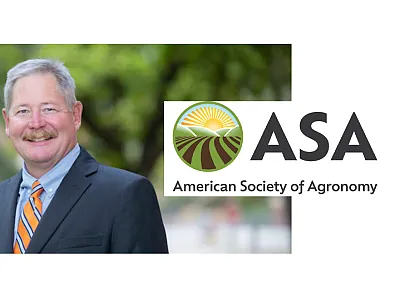
True, but useless: Turning big challenges into actionable steps
In a recent book, the phrase “true, but useless” described problems so large—like global food security or climate change—that they feel impossible to tackle. The authors suggest a practical approach: focus on small, meaningful actions that are easy to communicate and implement. In this column, Wade Thomason, 2026 ASA President, talks about how this is a useful framework for achieving the objectives in ASA's Strategic Plan.
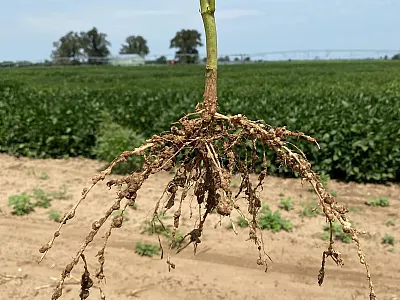
Major QTL in soybean suppresses southern root-knot nematode populations under field conditions
The southern root-knot nematode (SRKN) is a major threat to soybean production across the southern United States. Resistant alleles on soybean chromosome 10 have been shown to protect yield under nematode pressure, but the genetic region’s (quantitative trait locus; QTL) effect on nematode populations remains unclear. To address this, researchers evaluated nematode populations in naturally infested fields after growing soybean breeding lines over two seasons that are SRKN resistant and susceptible.
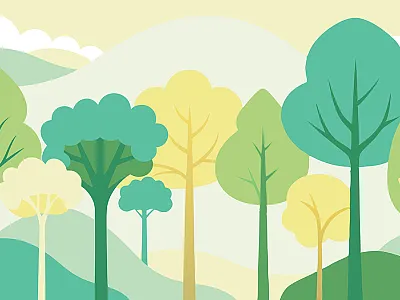
Funding opportunity to accelerate natural climate solutions
Letters of interest are due Jan. 15, 2026
Allen Family Philanthropies, formerly known as the Paul G. Allen Family Foundation, has issued a request for proposals for up to $10 million in funding to accelerate natural climate solutions. These are nature-based actions that protect, restore, and improve management of forests, wetlands, grasslands, oceans, and agricultural lands, mitigating climate impacts by working with natural ecosystems. Letters of interest are due Jan. 15, 2026.
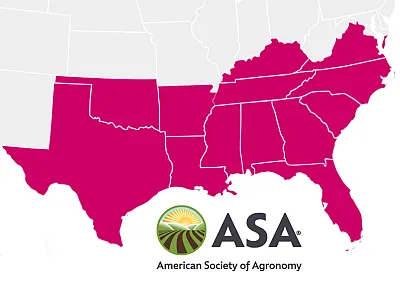
2026 ASA Southern Branch annual meeting
Learn about key deadlines for the Jan. 31-Feb. 3 event in Louisville
The ASA Southern Branch is holding its 2026 annual meeting in conjunction with the Southern Association of Agricultural Scientists meeting. It's a venue for collaboration and networking among agronomy professionals and students in the Southern Region. Key deadlines are coming up, include the December 12 deadline for abstract submissions, awards, and elections.
Events
We want to hear from you
Do you have an article you'd like to submit or feedback for the magazine team? Let us know!
